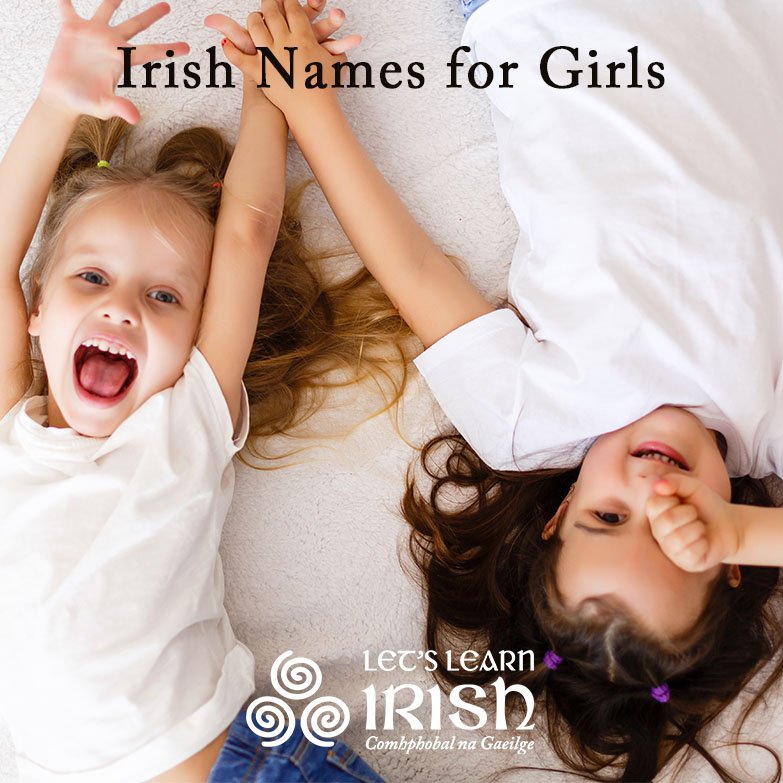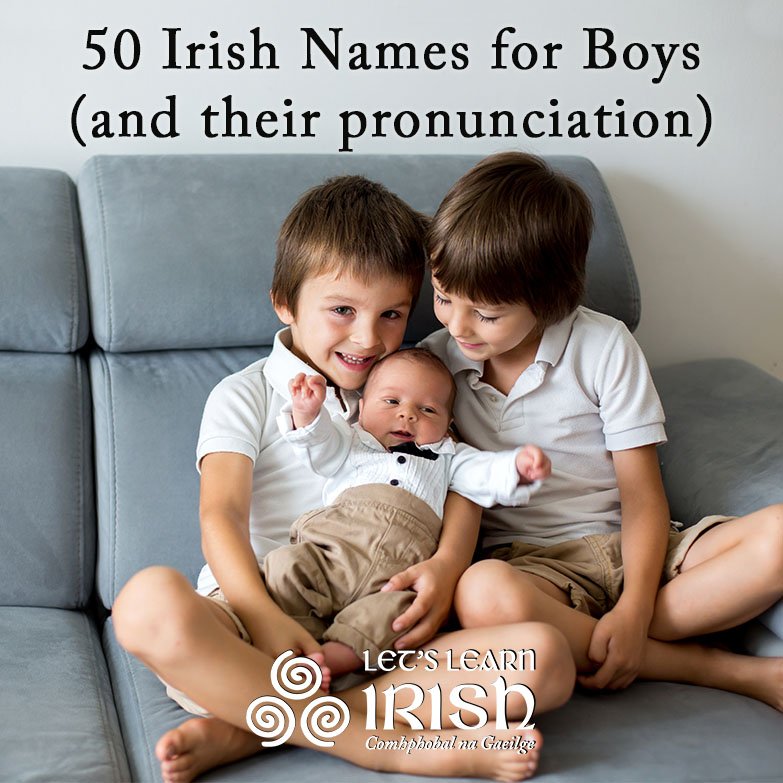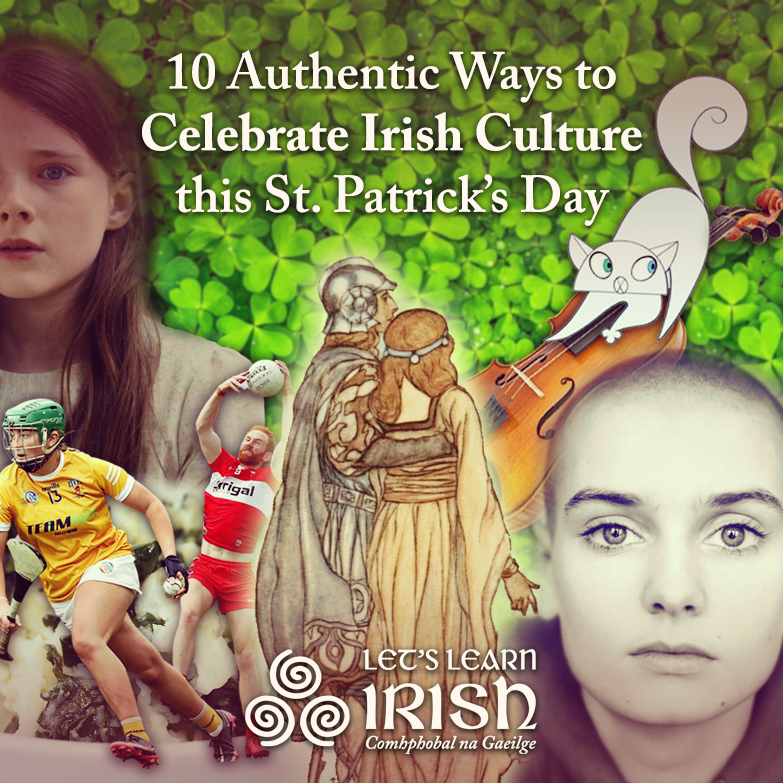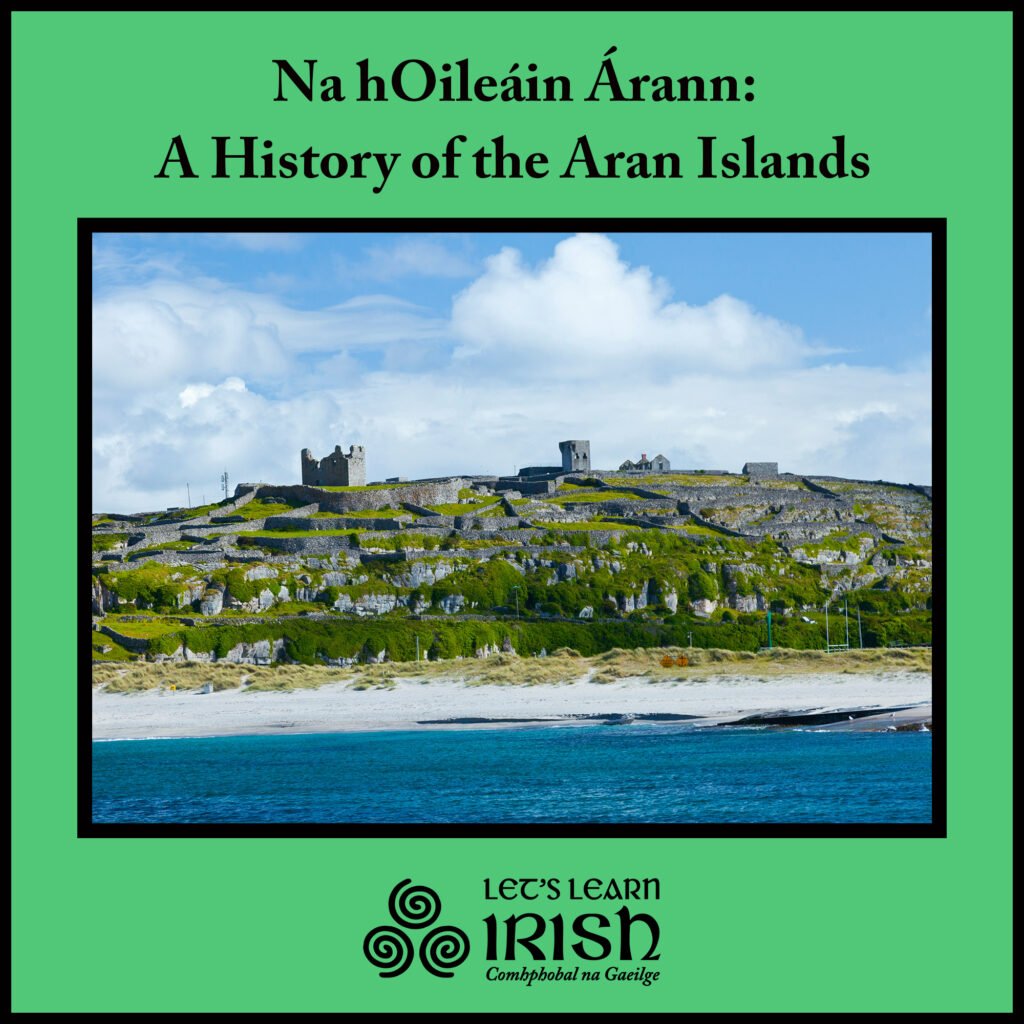Brigid: Origins of the Goddess
February is upon us once again, and Ireland is preparing to enjoy a recently-added national holiday in honour of a Saint who is not only female (offering a wonderful balance to Patrick’s monopoly on Ireland’s patronage), but is also strongly linked to a Pagan figure. The image of Brigid and her associations have come a long way, not the least of it being her role as a sort of “bridge” (pun very much intended) between opposites. Her capacity to sway between a guise of Saint and a guise of Goddess is one of the figure’s most fascinating attributes. But what are, exactly, the differences between these guises?
In her Saint form, Brigid enjoys a vast and thorough literary presence in the form of medieval biographies, of which there are many. Cogitosus, a medieval Irish writer, composed the oldest biography of the Saint, “Vita Sanctae Brigitae” around the year 650 CE. Other texts about the Saint’s life are “Vita Prima Sanctae Brigitae” and “Bethu Brigte”. All these biographies overlap and draw from each other, and they are actually modernity’s main source of attributes of the character of Brigid, whether in Saint or Goddess form.
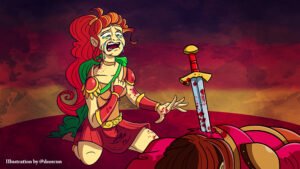 In her Goddess form, however, the resource pool of data is significantly smaller. For all her widespread popularity, Brigid the Goddess enjoys one and ONLY one appearance in the whole medieval literary narrative: She appears as a brief, side character in the “Battle of Moytura” (from around the 9th century CE) where she lets out such a painful scream of horror upon seeing her son killed in battle, that she is reputed as being the inventor of “Caointeoireacht”, the Irish art of “keening” or lamenting, which was a popular tradition until reasonably recent times. It is wildly interesting that her role as the originator of vocal grieving is such a unique attribute and yet it is famously missing from the modern interpretations and associations people have with her figure.
In her Goddess form, however, the resource pool of data is significantly smaller. For all her widespread popularity, Brigid the Goddess enjoys one and ONLY one appearance in the whole medieval literary narrative: She appears as a brief, side character in the “Battle of Moytura” (from around the 9th century CE) where she lets out such a painful scream of horror upon seeing her son killed in battle, that she is reputed as being the inventor of “Caointeoireacht”, the Irish art of “keening” or lamenting, which was a popular tradition until reasonably recent times. It is wildly interesting that her role as the originator of vocal grieving is such a unique attribute and yet it is famously missing from the modern interpretations and associations people have with her figure.
Apart from her one appearance in medieval tales, there is one other source of information about the goddess from medieval times. This comes not from a story but from a Glossary. Medieval Irish scholars were weak for etymologies, and glossaries were common enough books. These books were like small (and not so small) encyclopaedias, where terms, phrases, names and idioms were explained and expanded upon. One of the most famous of them was “Sanas Cormaic”, reputedly written by (though not 100% confirmed) by a King-Bishop of Munster, Cormac mac Cuilennáin (died 908 CE), one of the most famously learned men of his time.
In his glossary, Cormac exalts Brigid from side-character to a major matron goddess of the pagan Irish. Interestingly, his entry sways between Irish and Latin, which was a common enough device for Christian writers to “separate” themselves somewhat from the most “pagan” elements of whatever they were writing. Here’s the full entry, with the parts in latin highlighted in italics:
“Brigid, i.e., a female poet, daughter of the Dagda. She is Brigid the female sage of poetry (or woman of poetic skill), i. e., Brigid a goddess whom the filid used to worship. For very great and very splendid was her application to the art (frithgnam). Therefore they used to call her goddess of poets, whose sisters were Brigid the female physician and Brigid woman of smithcraft, daughters of the Dagda, from whose names almost all the Irish used to call Brigid a goddess.”
Aaand that’s it. That’s all there exists in the medieval sources about the goddess aspect of Brigid. Not even her popular association with fire and hearths is present here. Interestingly, Cormac calls the Roman goddess Vesta a “bándea tened”, a Goddess of Fire, but Brigid gets no such title at all. Every other single attribute now attached to her, either in Saint or goddess form, comes exclusively from the Saint’s biographies or from the pens of modern writers. Even the popular image of Brigid hanging her cloak to dry on a sunbeam comes from her biographies.
In fact, it was a French Celtology scholar, Marie Henri d’Arbois de Jubainville, who as late as the year 1880 was the first to make the connection in modern times between Saint and Goddess. Undoubtedly, the widespread popularity that Brigid enjoys nowadays is a modern development, having become increasingly popular in literature (and spiritual speculation) from the 2nd half of the 19th century onwards.
Personally, though, I celebrate the elevation and exaltation of such a figure. In a way, Brigid seems extremely fitting to emerge as a hopeful symbol for modern times. Her many attributes encompass a wide spectrum of highly polarised extremes: Cormac does highlight her “sisters” as being the one a blacksmith (symbolising the hardship of life) and the other a healer (symbolising the softness of life) both extremes which were considered by W. B. Yeats to be united and balanced in the central sister, a poet. Another obvious example of this is her easy jumping between Saint and Goddess, which seems to me exactly what the world needs right now: a figure we can look up for balance, for unity, for connection.
After all, her message is right there, in the sound of her name: “bridge-it”.
Sources:
-Mark Williams, “Ireland’s Immortals”
-Cormac mac Cuilennáin, “Sanas Cormaic”
Join the online Irish community – beidh fáilte romhat!
Take a Course, join a Comhrá session or attend a Ceardlann.
For more, follow us @LetsLearnIrish – bígí páirteach!


